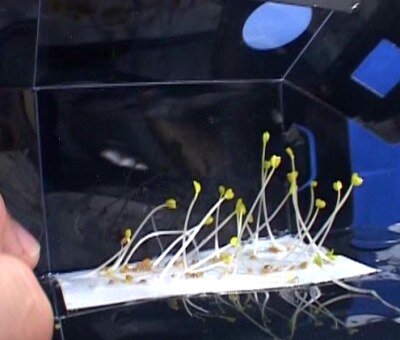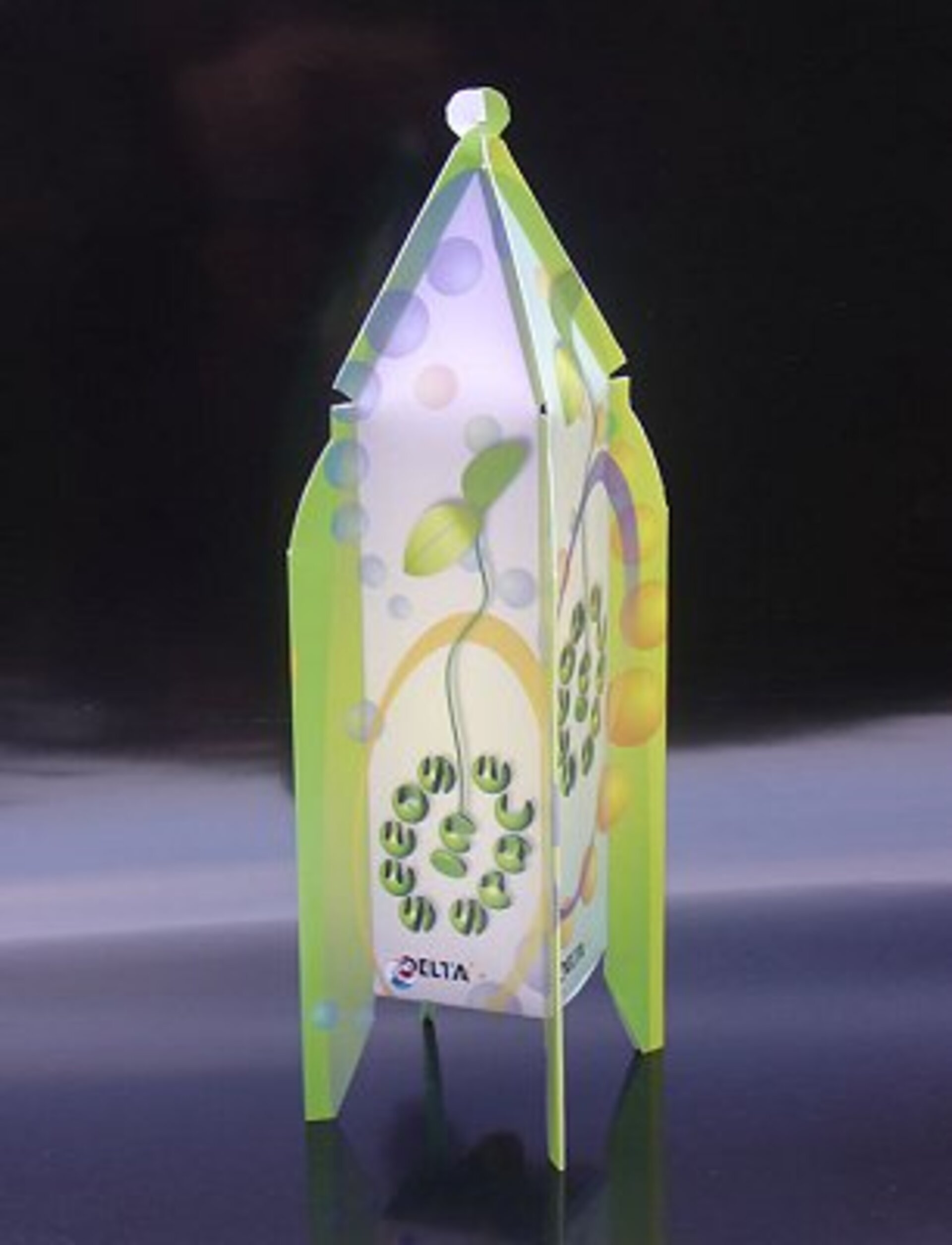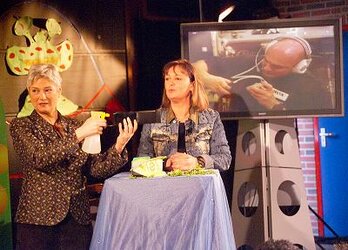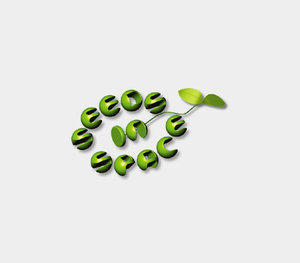Plants need light to grow in space
Do plants grow towards the light, or away from gravity? And what exactly happens in space? The DELTA Mission experiment 'Seeds in Space', in which 70 000 schoolchildren are taking part, aims to answer these questions. These questions were answered yesterday, with a bit of help from ESA astronaut André Kuipers.
Space News
Ahead of a special 'Space News' bulletin in which Kuipers would show how his experiment went, the children had already opened their own 'growing rocket'. Inside the rocket were two chambers, one with light and one without. The seeds in the dark chamber had grown taller, but were yellow in colour. In the light chamber, the seedlings although shorter, were a healthier green colour, with wider stems.
The children at 'De Klaverweide' a junior school in Noordwijk, The Netherlands, where the experiment was started last week by Dutch minister for Education, Culture and Science, Maria van der Hoeven, concluded that on Earth it didn't matter whether the plants had light or not, they still grew upwards.
Space

The children speculated about the colour and shape of the seedlings that had grown in space. Maybe they hadn't grown at all, or they might have grown in circles, or perhaps there wouldn't be any difference to those grown on Earth.
Kuipers opened his 'growing rocket' during a live video downlink from the International Space Station. "The plants in the dark chamber have grown in all directions. Upside down, left, right; they are all over the place." In space the seedlings in the light chamber had grown larger and were greener, and they had all grown towards the same direction – towards the light.
Research

The conclusion of Seeds: light or gravity help plants to know in which direction to grow. In the absence of both, the plants get confused. The result of the Seeds experiment shows the schoolchildren how scientific research is done, but also contributes to space travel in the future. If astronauts are to go on longer space missions in the future, say to the Moon, or even to Mars, they will know the best way to grow their food. According to Seeds in Space, they should be sure to take enough light bulbs along for the journey.
Seeds in Space was organised by Space Research Organization Netherlands (SRON) and is financed by the Dutch Ministry for Education, Culture and Science.






